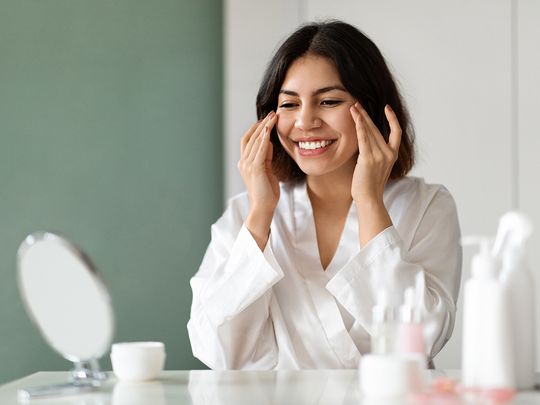
Fine lines, dark circles, puffiness... it’s all there, written on the delicate skin around our eyes. Thankfully, the beauty world has our backs, or our under-eye in this case, with a host of products designed to keep this area looking fresh. And so we have a rather intimidating duo: Eye serums and eye creams. So, which one is really right for you? Let’s break it down and get ready to give those tired eyes the glow-up they deserve!
Understanding eye serums: The targeted solution
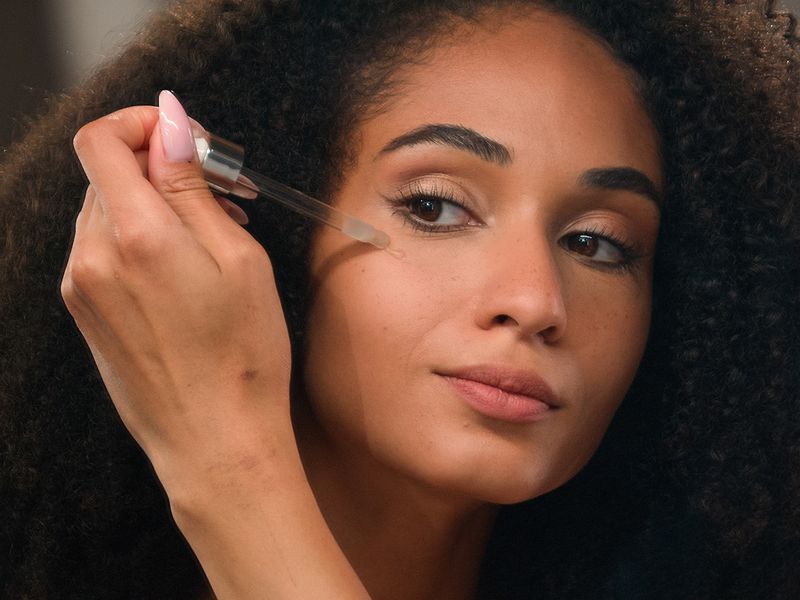
You can just call them the secret weapons of skincare.
As Hema Altaf, a dermatology specialist based in Dubai, and Hanaa Gasem Mergeny Mohamed, Specialist Dermatology & Cosmetology, Aster Clinic, Fujairah explain, eye serums are lightweight, fast-absorbing liquids that are formulated with a high concentration of active ingredients. They are designed to tackle your biggest eye area woes, from fine lines and dark circles to puffiness and sagging skin. Owing to their thin consistency, they dive deep into the skin, delivering those targeted ingredients right where you need them most.
So what makes them effective?
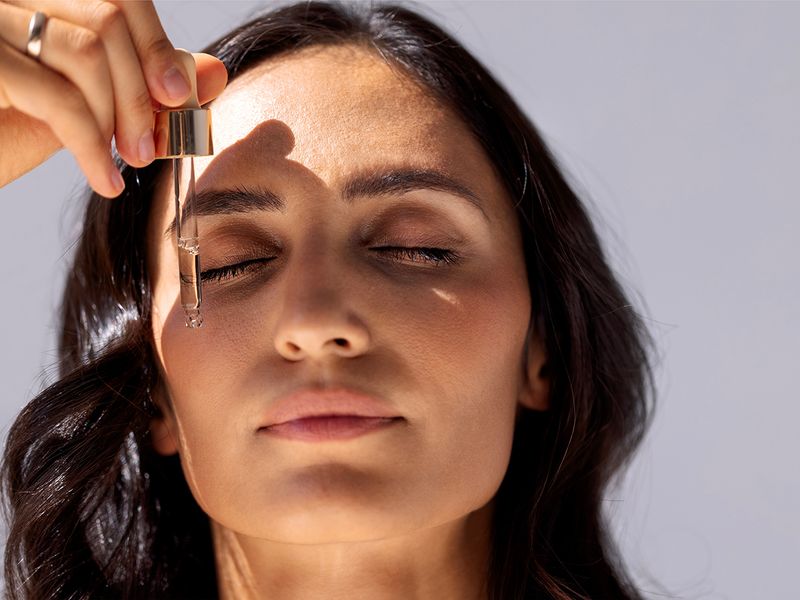
Dr Hanaa explains the virtues of eye serums:
• Highly concentrated actives: Eye serums typically contain a higher concentration of active ingredients than creams, making them ideal for targeted treatment. They’re designed to deliver results quickly, whether you’re looking to brighten dark circles or smoothen out fine lines.
• Deep penetration: The lightweight, watery texture of a serum allows it to sink deep into your skin, allowing the ingredients to work at a deeper level. Unlike creams, which mostly stay on the surface of the skin, serums are formulated to sink deeper. This allows them to work more effectively, especially on problems that go beyond the surface, like loss of elasticity or deep-set wrinkles.
• Fast absorption: Got places to be? No problem. Eye serums absorb quickly, leaving your skin ready for the next step in your routine in no time. You can layer it under your eye cream or concealer without worrying about it feeling too thick or heavy.
• Perfect for layering: Eye serums are also ideal for skincare layering. Owing to their fast absorption, they work well as a base treatment. You can apply a serum first to deliver active ingredients deep into the skin, followed by an eye cream to seal in moisture and provide a protective layer.
The common ingredients in eye serums
Altaf breaks down the common ingredients in eye serums. First and foremost, eye serums have hyaluronic acid, which is a standout ingredient in skincare. It draws moisture into the skin, plumping fine lines and giving the eye area a smoother, more rejuvenated appearance. Moreover, eye serums contain retinol, renowned for its anti-aging properties. It stimulates collagen production and helps diminish the appearance of fine lines and wrinkles. Beyond these two powerful ingredients, serums also contain Vitamin C, a brightening agent that can lighten dark circles over time and provide antioxidant protection from environmental stressors. Finally, peptides are included to boost collagen production and improve skin firmness.

Use an eye serum when you want to target specific issues such as dark circles, puffiness, or fine lines. Serums often contain potent ingredients that can penetrate deeper into the skin...They are also typically lightweight, making them suitable for daytime use under makeup. They absorb quickly and don’t interfere with makeup application...
When to use an eye serum
According to Anusha Patil, a dermatology specialist in Dubai, depending on the type of product and your needs, eye serums are a good choice for morning and night. She explains, “For example, a serum with Vitamin C is perfect for daytime use, offering brightening benefits and protection from free radicals. On the other hand, a retinol-based eye serum should be reserved for nighttime, as it works best while you sleep, regenerating skin and boosting collagen production.”
Eye creams
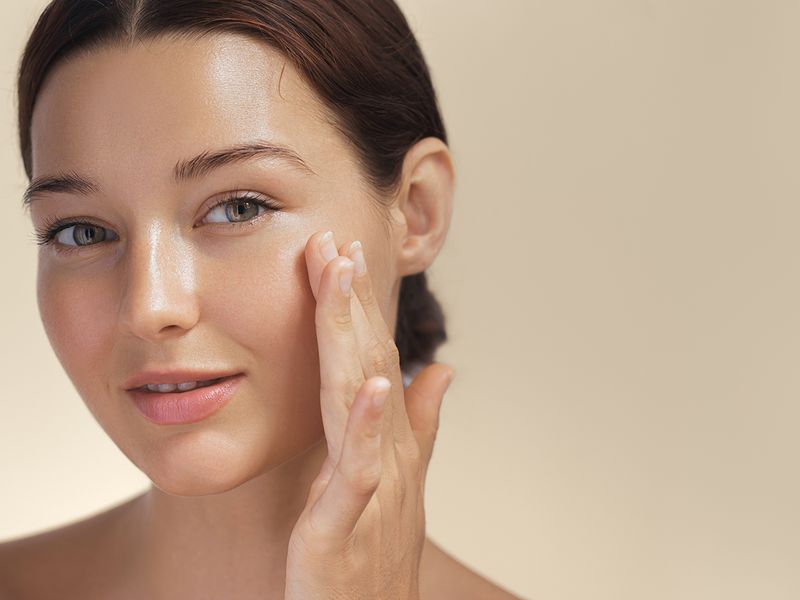
While eye serums target specific concerns with their lightweight, fast-absorbing formulas, eye creams are all about providing rich, nourishing hydration and creating a protective barrier that seals in moisture. Patil adds, “Eye creams are thicker, richer formulations that provide hydration and nourishment for the area around the eyes. They often contain moisturising agents, emollients, and sometimes active ingredients aimed at addressing specific issues like wrinkles or dark circles. The cream texture forms a barrier on the skin, helping to lock in moisture and protect against environmental aggressors.”
So, why do we need them? Patil continues, “Eye creams are packed with moisturising ingredients that replenish the skin’s moisture barrier. This is important, as the skin around the eyes tend to dry out faster, than other areas, leading to those much-feared fine lines and wrinkles.” Furthermore, eye creams comprise ingredients like Shea butter, glycerin and hyaluronic acid, which offer deep and long-lasting hydration. Eye creams can also contain hyaluronic acid, peptides, ceramides, and antioxidants such as Vitamin E, green tea extracts or even botanical extracts. The combined effects of these ingredients result in hydrated, nourished, and protected eye areas, safeguarding them from environmental free radical damage.
You might also find these creams soothing, as Archana Menon, a Dubai-based sales professional and skincare aficionado says. These creams have ingredients such as chamomile, aloe-vera and cucumber extract, which help calm puffiness and irritation. “Considering that I used to have tired and puffy eyes owing to my work days at nights, these creams have worked like a charm for me,” she says.
That’s not all: Patil and Altaf explain, that eye creams not only hydrate but also protect the skin. By forming a barrier on the surface, they help lock in moisture while shielding the delicate skin from environmental aggressors like pollution and harsh weather. Some eye creams also contain SPF (Sun Protection Factor) to offer extra protection against the dangerous ultra-violet rays, which can accelerate aging around the eyes.
So, when should you use an eye cream?
Eye creams can be used both in the morning and night, depending on your skincare routine and the results you’re looking for, explain the dermatologists. In the morning, an eye cream with antioxidants and SPF can protect the skin and keep it hydrated throughout the day. At night, richer eye creams with ingredients like peptides, retinol, or ceramides can help repair and nourish the skin while you sleep.
Here’s when you should definitely reach for an eye cream, explains Patil.
Daily hydration: If your eye area tends to feel dry or tight, a hydrating eye cream is a must. It helps keep the skin soft, smooth, and comfortable.
Preventing and smoothing fine lines: Eye creams are great for gradually reducing the appearance of fine lines and preventing new ones from forming by keeping the skin hydrated and plump.
Puffiness control: If you struggle with puffiness in the morning, look for an eye cream with caffeine or soothing botanical extracts to reduce swelling and refresh the area.
Protection during cold weather: During colder months or in dry climates, a thicker eye cream can act as a barrier, protecting the skin from harsh weather and locking in moisture.
Eye creams versus eye serums: A dynamic duo
Eye serums and eye creams each have their own strengths, so comparing them isn’t exactly like comparing apples to apples. Patil explains, serums pack a punch when it comes to targeting skin damage, making them your go-to if crow’s feet are your main concern. They dive deep to smooth out fine lines and restore firmness.
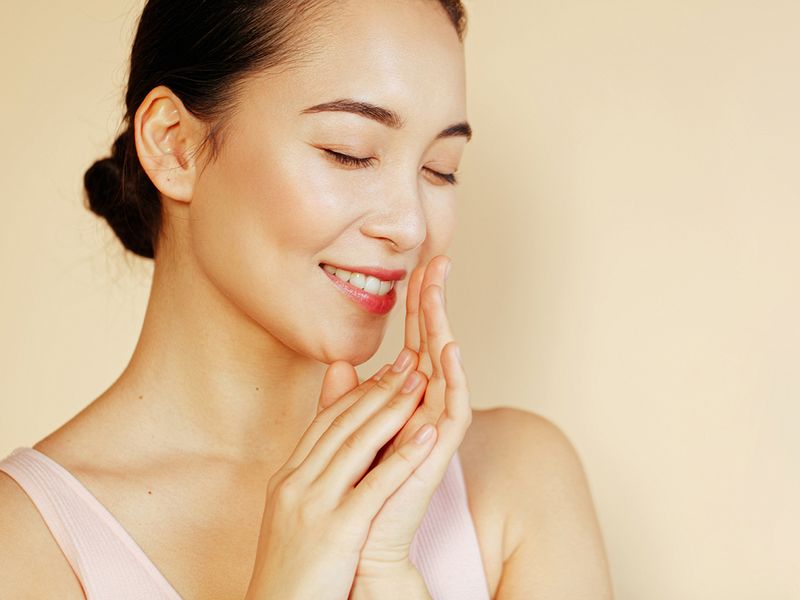
On the flip side, if you’re dealing with dark circles and wrinkles caused by thinning, mature skin, a rich, hydrating eye cream may be the better option. It focuses on replenishing moisture and plumping up the skin, leaving it looking smoother and more refreshed.
Choosing the right product for your needs
As both Patil and Altaf summarise: If you seek a more targeted and fast-acting solution, beginning with an eye serum may be your best option. Serums are packed with potent ingredients that tackle specific concerns like fine lines, puffiness, and dark circles. They absorb quickly and penetrate deeper into the skin, giving you faster and more noticeable results.
On the other hand, if hydration and nourishment are your top priorities, an eye cream can be the perfect way to begin. Eye creams provide long-lasting moisture, keeping the delicate skin around your eyes smooth and plump. They’re especially great for preventing dryness, which can lead to fine lines and a dull appearance.
The power of layering: Combining serums and creams
The great news is, you don’t have to choose just one. Many eye serums and eye creams can be used together to enhance each other’s effects. By layering them, you can enjoy both targeted treatment and deep hydration, leaving your eyes looking healthy, refreshed, and glowing. Apply the serum first to deliver potent active ingredients deep into the skin, then follow with an eye cream to seal in the serum and provide lasting moisture. This combination ensures that you’re addressing both surface and deeper concerns, from hydration to wrinkles and puffiness.












